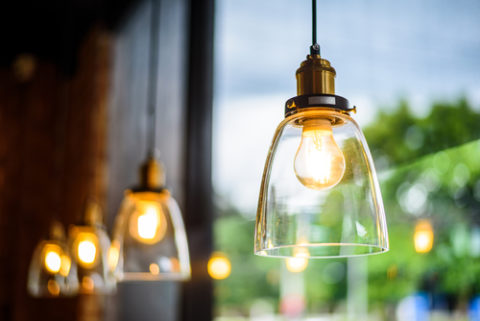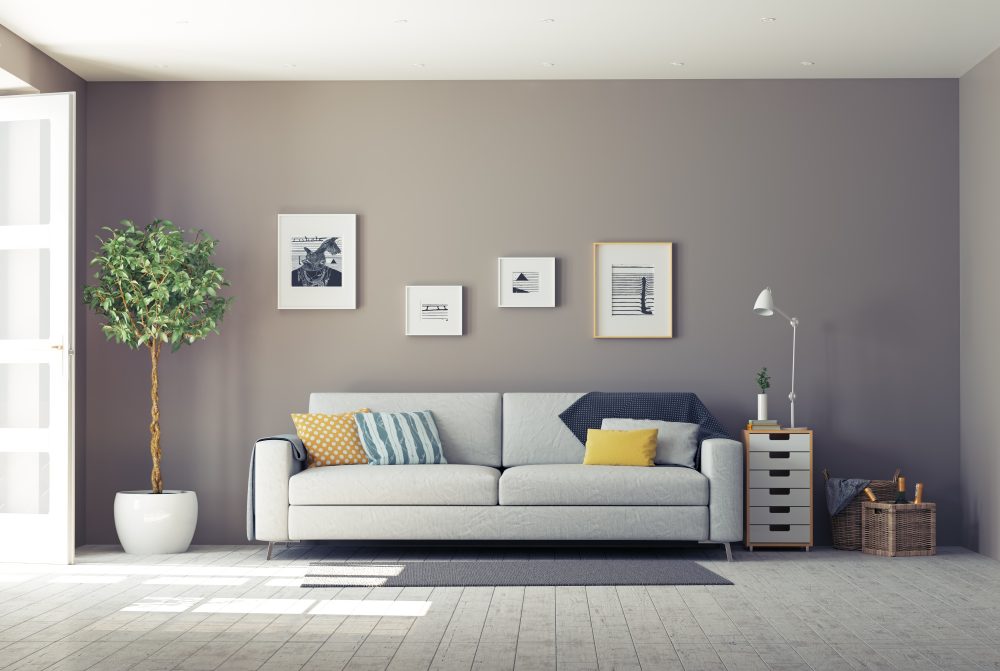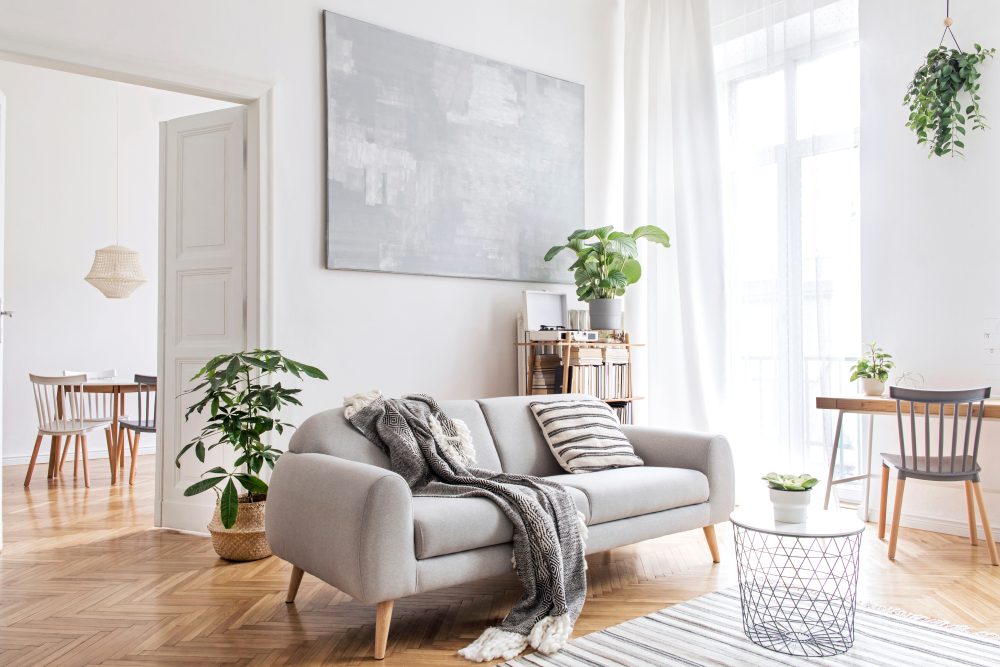Lighting is an essential element of any room. It sets the mood, adds decorative feature – as well as its primary function as a light source.
It is more complex than picking the right lamp shade – layer your lights to get the right balance. Here’s our guide to the art of lighting your home.
To start you need to understand the 4 main categories of lighting:
1. Task Lighting: The brightest light! Needed in areas where you will require a dedicated light source to perform an activity or hobby.
E.g. Floor lights, table lamps and isolated spot lights.
2. Ambient Lighting: Brings a mood or feeling to a room.
A general soft glow, rather than a bright glare.
E.g. Side lights, dimmer switches and specialist bulbs.
3. Accent Lighting: This light can be used to decorate an empty space and add depth or texture to a room.
E.g. Uplighters, wall sconces or picture lights.
4. General Lighting: This covers everything else! Usually it is a combination of light types, but mainly applies to the overhead light.
E.g. Ceiling pendants or chandeliers.
How do you apply these to your home?
Well, every room has a different use and so will require a different combination of lights.
Always start with the task lighting and map out where you will be ‘doing’ things. Then fill in with the accent and ambient lighting.
Here’s how to light up you lounge or kitchen:
Light the lounge
Lounge activities like reading or writing need task lighting. An adjustable floor lamp next to a sofa is the best option. You can swing in the light or turn the head to suit any position.
Table lamps next to armchairs also make nice decorative features, as well as providing on-the-spot lighting when needed.
Next up, consider ambient lighting. How do you make the room more comfortable?
Try recessed downlights to create an intimate yet relaxed social space for entertaining friends.
Table lamps with fuller shades that mute the light, and low wattage bulbs, will also bring the right soft glow. A dimmer switch is essential for adapting the vibe in a multi-use room.
Your accent lighting can create a brilliant design effect in your living space.
Picture frame lights can showcase a fabulous piece of art. A statement pendant or chandelier can be the talking point of the room. A string of fairy lights adds interest to empty walls.
Accent and ambience in one.
Pro tip? Wall sconces with up or down lights will add texture to the walls. They will also bounce light around the corners of the room – giving the illusion of more space.
You’ve now created the perfect light in your living space!
Next up: kitchen lighting
Preparation areas like countertops, sinks and cooktops will be your focus for task lighting.
Go for LED lights under cupboards to get the right light focused in the right area. Position the LED at the front edge so you don’t illuminate the back of the worktop only.
Use ambient lighting in the kitchen entertaining spaces e.g. breakfast bar or dining table.
Stylish pendant lights are a fabulous choice for defining the space, bringing decorative flair, and setting the right mood. The stylist tip is to hang an odd number of pendant lights for the right balance.
Kitchen accent lights include LED strips under breakfast bars, beneath ‘floating’ islands, over wall units or illuminating shelves within cabinets.
These ideas will highlight key design features of your kitchen, while also giving a warm backlight to create atmosphere.
Your kitchen will be the perfect place to prep and entertain!
How will you apply these lighting tips to the rest of your house?
Let us know in the comments below!




Leave a Reply